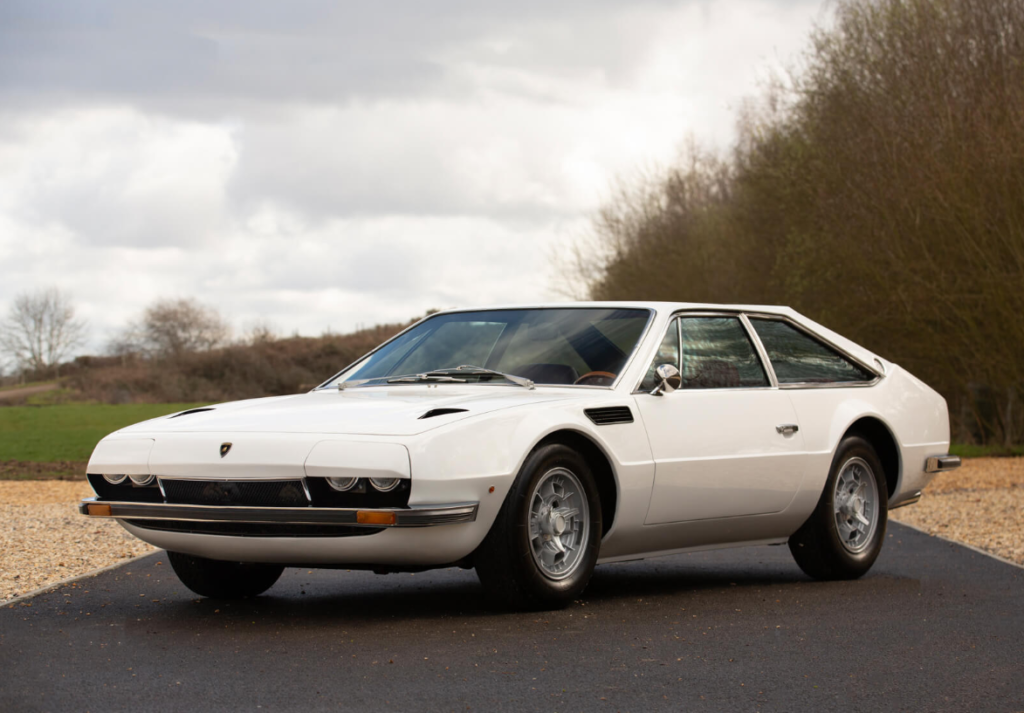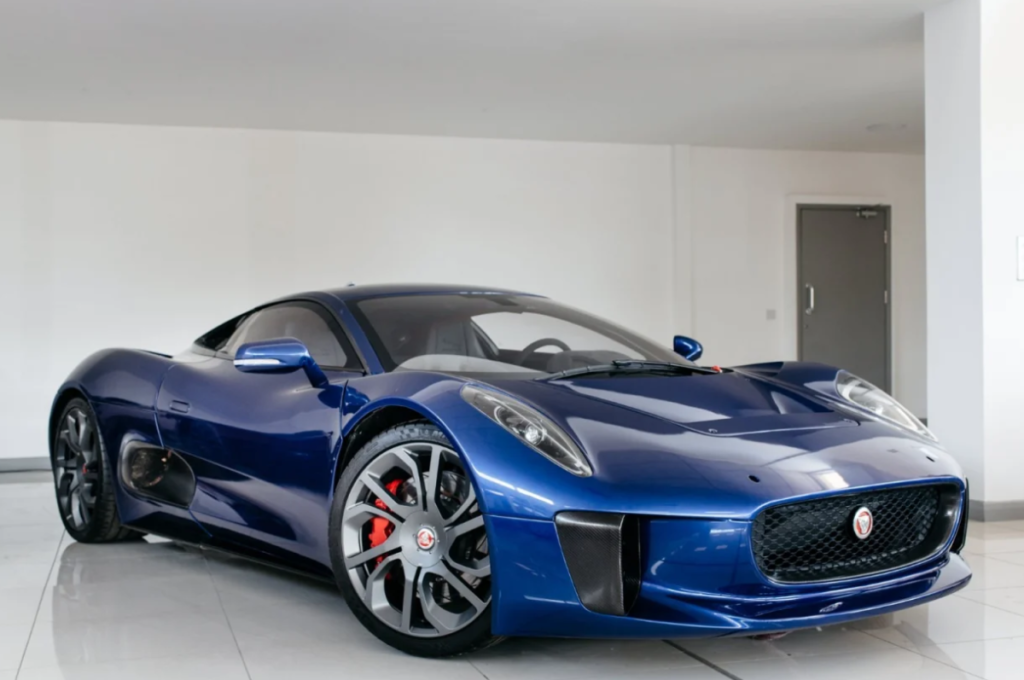2002 Spyker C8 Double 12S
For Sale at Classic Youngtimers Consultancy | Uden, Netherlands

Modern Spykers are pretty surreal cars. They have some of the best interiors of any car you’ll find, and their overall aero-inspired look is quite unlike anything else. The Spyker C8, in some form, has been on sale since 2000. We’ve featured one of their base C8 Spyder models, but this is a much rarer beast.
The Double 12 is, I think, the ultimate version of the first generation of the C8. Produced between 2002 and 2003-ish, the car was the road-going version of the Double 12R race car. The 12R was supposed to be homologated to race at Le Mans, but Spyker didn’t have the capacity to do so. There ended up being just 15 built, and only one was powered by a 4.0-liter BMW Motorsport V8 good for 450 horsepower (the other cars had lower-tune Audi powerplants).
That technically makes this a factory one-off. It was kept by Spyker founder Victor Muller in his office for years and now shows just over 500 miles. It’s for sale in the Netherlands with a list price of $613,415. Click here for more info.









